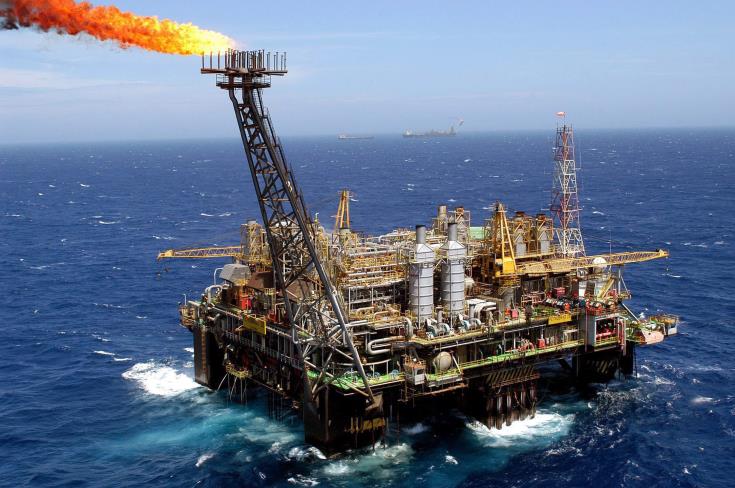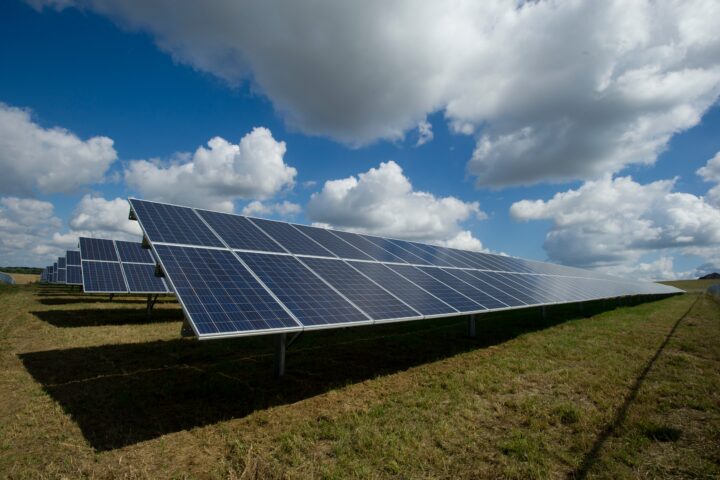The European carbon price fell to near EUR 58/tonne early in February, the lowest level since November 2021, to sluggish industrial activities and mild weather curbing fossil fuel generation.
An EMBER report shows that EU’s power sector is in the middle of a monumental shift from fossil-fuel to renewable generation. Fossil fuels provided only 33% of EU electricity in 2023.
In 2023, renewables took major steps forward in the EU, with a cleaner power sector than ever. Renewables, wind and solar, produced 27% of EU’s electricity in 2023.
In addition, power sector emissions were down 19%, coal power was down 26%, and gas-fired power was down 15% in the EU in 2023.
European gas demand is down about 35% from its peak in 2005 and 20% since pre-pandemic.
The EC wants captured CO2 to become a ‘tradeable commodity’. It proposes that captured carbon dioxide to be ‘recycled’ in chemical processes or used as maritime and jet fuel.
EU Parliament groups clash on EC’s proposal to raise the 2040 climate goal to 90%, offering radically opposing views, in a foretaste of debates to come after the June EU election where the right is expected to make big gains.
EU Parliament elections this June have the potential to cause a disturbance in what has been one of the strongest forces for climate action. Voters are leaning toward climate-skeptic right candidates. The result could threaten the EU’s climate agenda.
The big question is how will EU’s industry make those targets in 2040. What is needed is the decarbonisation of industry and not a deindustrialisation of Europe.
The EU must square the circle between security and prosperity.
There is a need for honesty: The EU must spell out the benefits of climate action but also the real costs and let the electorate decide – stealth is boosting populists, who may end-up stifling climate action.
End direct financing
Barclays has announced that it will end direct financing of new oil and gas fields. This follows HSBC, Lloyds, BNP Paribas, Societe Generale and Credit Agricole that announced restrictions on funding for fossil fuels previously.
Europe needs a new industrial strategy that is properly geared towards the climate and the economy, rather than just a collection of targets.
The EU’s fossil fuel CO2 emissions in 2023 dropped to levels last seen in the 1960s. The main driver was cleaner electricity, but also a massive loss in industrial output.
German industrial output fell across the board in December, with a sharp drop in the energy-intensive sector, down to less than 80% of pre-pandemic levels. Annual data now shows that German chemical production plunged to a 28-year low. Is this signaling the end of the German industrial might?
With a growing concern about the outlook for Germany, Chancellor Olaf Scholz’s energy policies were branded ‘toxic’ by the German business chief.
And a Green backlash looms over EU elections. The European Commission is already backtracking.
The EU farming lobby won: European Commission President Ursula von der Leyen said she will withdraw a plan to cut the use of pesticides by 50%.
There was cynicism regarding the political motives behind her green agenda U-turn. She won her first term by embracing green policies. Her expected bid for a second term involves dumping them.
Energy transition could lead to higher costs
TotalEnergies CEO Patrick Pouyanné said, “we think that fundamentally this energy transition will mean a higher price of energy”. He warned that governments risk mis-selling energy transition.
The shift will lead to higher energy costs. It is naive to think it will be possible to shrink oil and gas production before sufficient renewable energy is available to take its place.
In a reversal, BP is facing activist investor pressure to ditch clean energy pledges. They are calling for abandonment of ‘irrational strategy’ that has ‘depressed value’.
Germany announced a EUR 3.5billion green hydrogen auction subsidy. But apart from benefiting the subsidised projects will it make its wider use commercially viable?
The UN has warned that “green hydrogen is facing resistance in the developing world because almost all of it would be exported to rich countries” – it has the potential to backfire.
The IEA said that many projects have been announced to use renewables to produce hydrogen this decade. But just a fraction are forecast to go ahead, with only 7% of the proposed capacity expected to come online by 2030.
Scientists in UK set fusion record. They smashed a previous record for generating fusion energy.
Batteries are the fastest-improving clean energy technology. New data shows that for every doubling of deployment, battery costs have fallen by 19%, with density gains of 7%.
The probability of La Niña weather cycle is increasing. It is expected to lead to a cascade of extreme weather and climate impacts that could happen worldwide.
New data by EMBER show Greece as top ranking in solar power generation in Europe with 19% and the Netherlands top per capita, with 1086 kWh/person. Cyprus is way below, not even among the top ten EU countries.
Offshore wind
However, the signals for global offshore wind are terrible. The world’s largest offshore wind developer Orsted is suspending its dividend, cutting jobs and exiting Norwegian, Spanish and Portugal markets, as the group plots a recovery from a calamitous 12 months.
As solar gets cheaper, global solar installation skyrockets. It jumped 64% in 2023 to about 431GW. Solar module prices fell 51% in 2023, after falling 11% in 2022.
In total, the world added a historic 510GW of renewable power capacity in 2023, up 50% from a year before.
The IEA forecasts that low-emissions sources of electricity, led by solar, are on track to make up almost half of global generation by 2026, up from just under 40% in 2023.
Global spending on the clean-energy transition hit record highs at $1.8 trillion in 2023, as the world moves to rein in climate change. Still, even when adding up $900 billion in financing, this is not enough to get on track to net-zero emissions.
India is planning to increase coal-fired capacity in 2024 by the most in at least 6 years, citing energy security concerns amid surging power demand. In addition, it is investing $60 billion to expand oil refineries by 20% over the next 5 years.
2023 had the world’s first year-long breach of the key 1.5C warming limit. According to the EU’s climate service, for the first time, global warming exceeded 1.5C across an entire year.
Carbon concentration in the atmosphere, the real factor that drives global warming, carries on increasing irrespective of actions taken so far.
Electrical grids have become bottlenecks for renewables and electrification. The IEA says that without strong policy attention and investment, grids may become a bottleneck for clean energy transitions and electricity security.
Evidence shows that socially disruptive climate protests do not actually appear to work or succeed in advancing the climate action agenda.
Dr Charles Ellinas is Senior Fellow at the Global Energy Center, Atlantic Council
X: @CharlesEllinas










